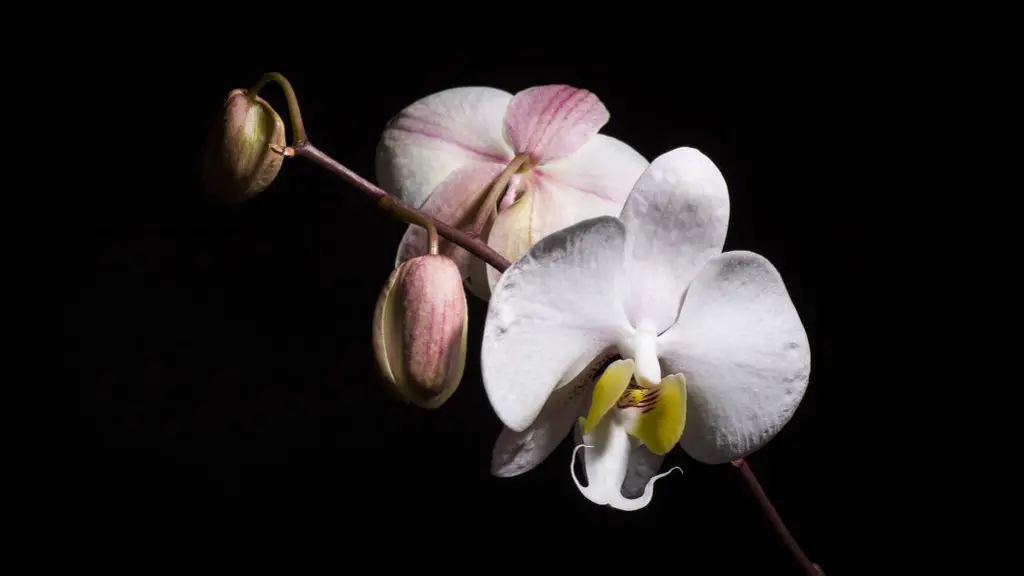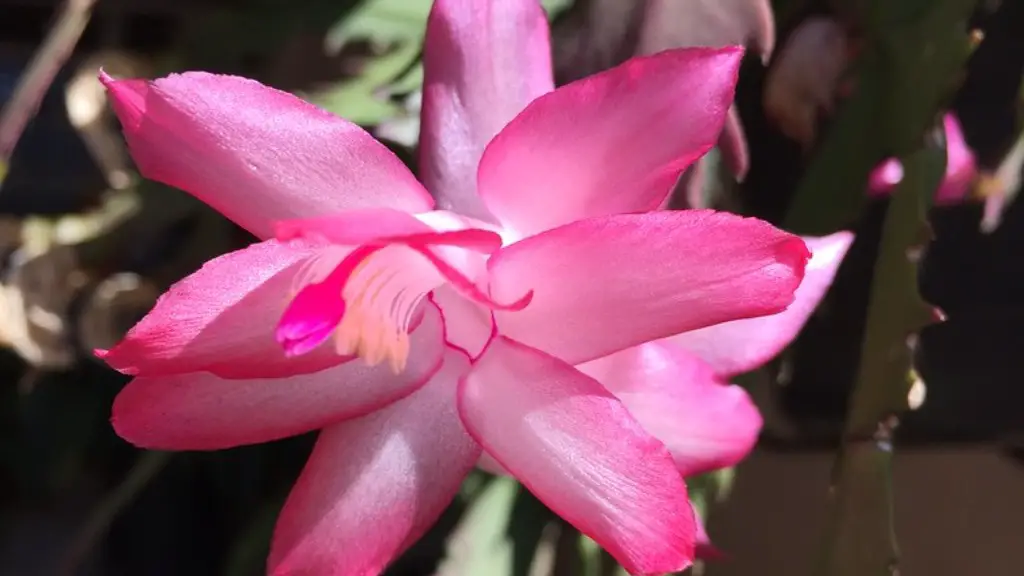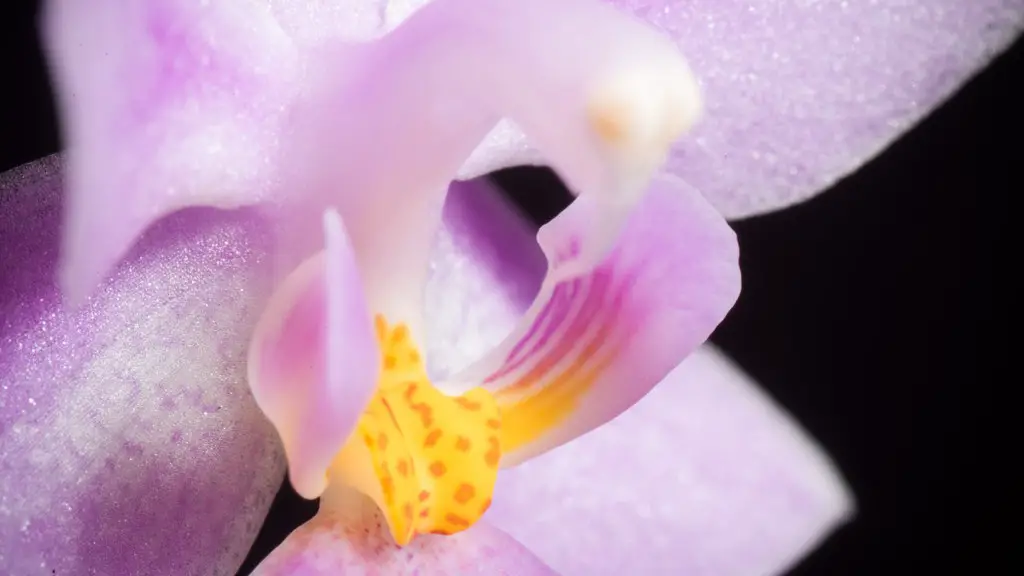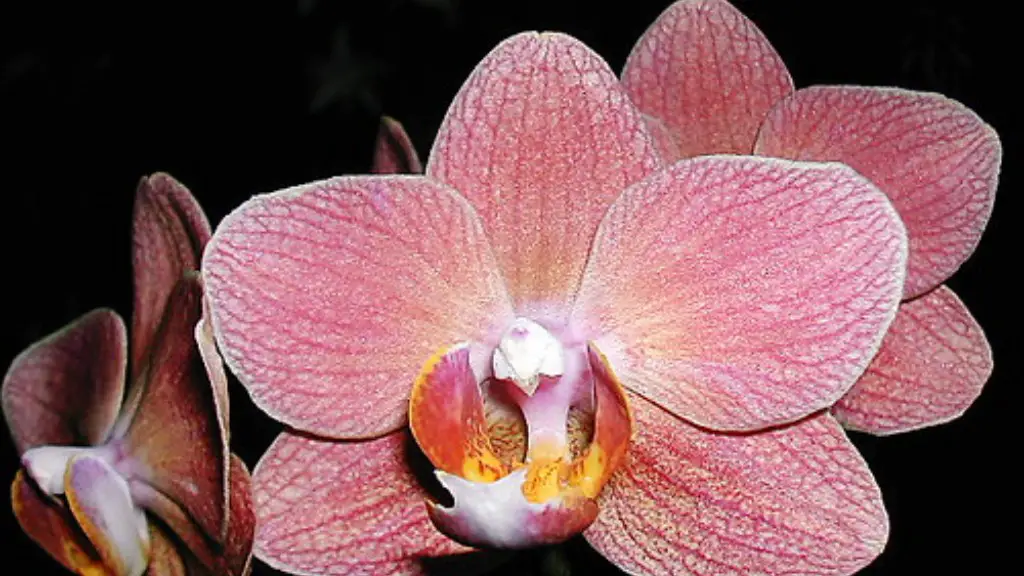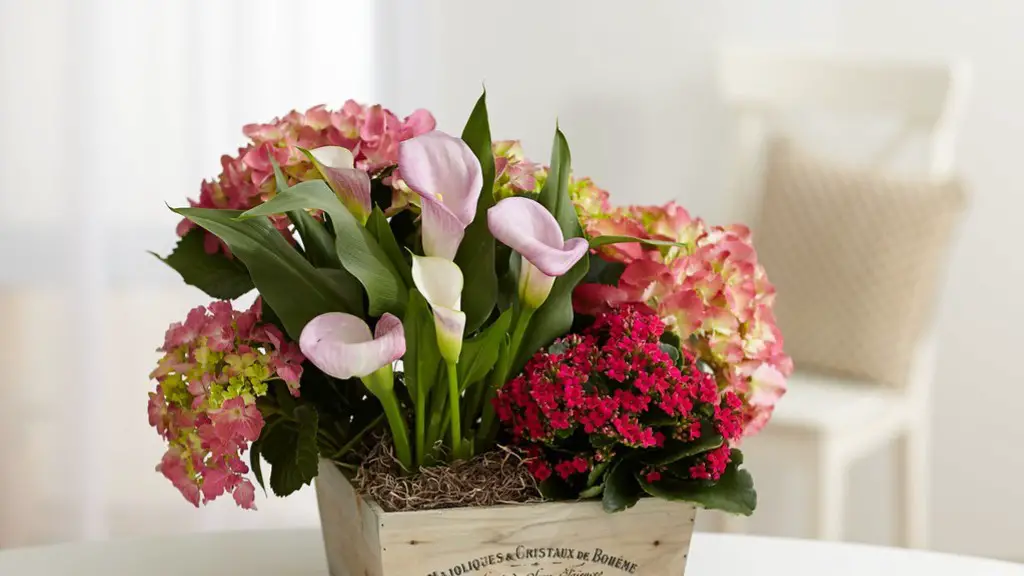The phalaenopsis orchid is a popular plant that is relatively easy to care for. They are known for their long-lasting flowers and can bloom multiple times a year. When it comes to repotting a phalaenopsis orchid, there are a few things to keep in mind. First, they should be repotted every two to three years. Second, the best time to repot is in the spring. And third, be sure to use a well-draining potting mix.
The best time to repot a Phalaenopsis orchid is every 12 to 18 months, or when the roots start to crowd the pot.
How do you know when your orchid needs repotting?
While orchids may prefer a small pot at first, they will eventually outgrow this space. When their roots push the plant up above the rim of the pot or reach out into the air, it is a sign that it is time to re-pot the plant. giving it more room to grow.
In order to repot an orchid, you will need the following materials:
-The plant
-A new pot
-Orchid potting mix
-Scissors
First, remove the plant from its current container. Then, gently use your fingers to comb through the roots and remove the old potting medium. Use the scissors to cut off any dead or dying leaves and roots. Add a few inches of orchid potting mix to the bottom of the pot, and then replant the orchid.
Do orchids need bigger pots as they grow
Larger pots are required for growing larger plants that have more leaves and roots. Pots of the same size can be used for about two years, and then, they have to be replaced with pots that are 1 inch larger in diameter when the orchids are repotted, which should be done once every one to three years.
Orchids enjoy having their roots bound in a pot. This allows them to get the nutrients they need while also getting the support they need.
Should I water my orchid right after repotting?
After you have re-potted your orchid, it should be watered thoroughly. For the first couple of weeks after repotting, fertilize when watering with Better-Gro Better-Bloom Orchid Fertilizer, which is high in phosphorus and will stimulate root growth.
Orchids are generally easy to repot, but there are a few things you need to keep in mind when using bark as a potting mix. First, let the bark mix soak for about a half hour before potting your plant. This will help hydrate the bark so it will be more receptive to water. Second, the bark needs some help to get started, so be sure to use a good potting soil and mix it in with the bark. Third, be sure to water your plant well after repotting.
Should I water Phalaenopsis after repotting?
It is important to water plants thoroughly after repotting them, using tepid water rather than cold water. One method of doing this is to soak the plant, pot and all, in a bucket of tepid water for an hour or so. It is also important to never use ice cubes to water orchids or any other plant.
If you’re growing Phalaenopsis orchids, you might want to try a potting mix that is 80% fir bark and 20% coarse sphagnum peat. Texas A&M University botanists say that this mix is ideal for these types of orchids and that they will thrive in it.
Can orchids be repotted in regular potting soil
If you want to pot your orchid in a traditional soil, you’ll need to make sure that the soil is well-aerated. You can do this by mixing in some perlite or other lightweight material. Or, you can use an orchid potting mix, which is specifically designed to support the delicate root system of these plants.
An orchid should be grown in a plastic or terra-cotta grow pot with drainage holes or slits to prevent the plant from getting wet feet.
Do orchids like deep or shallow pots?
Orchids do best in shallower, squat pots because their roots don’t like all the moisture retained in deep pots. They don’t need the depth anyway as their roots spread out, not down.
Orchids need a pot that is proportionate to their size in order to thrive. A pot that is too large or too small will not provide the right amount of support or exposure to light and air circulation.
Do you cover orchid roots with soil
Hold the orchid in the center and carefully place the new potting medium around the roots. Keep the air roots out of the new soil. It’s okay if one or two of them end up covered, though.
If any of your orchid’s roots are rotten, you need to remove them immediately. Look for brown, black, squishy, or spotted roots and cut them away. All rotten roots need to be removed for your plant to survive.
What month do you repot orchids?
If you have a cattelya or other orchid that produces pseudobulbs, repot it right after flowering and before the roots begin to grow. For all other orchids, you can repot them at any time, although disturbing the plant when it’s in flower is usually not a good idea.
Orchids need to be repotted before their media breaks down and smothers the roots. A good rule of thumb is to repot a new orchid as soon as practical after it is purchased, usually this means when it goes out of bloom.
Why is my orchid dying after repotting
If you have orchids that are prone to root rot, it’s important to choose a potting mix that is well-draining and that doesn’t hold on to too much moisture. You can find special orchid potting mixes at most garden centers, or you can make your own by mixing perlite, sphagnum moss, and bark chips. Be sure to disinfect your pots and tools before repotting to avoid spreading disease.
Air plants are one of the most popular houseplants around, but there are a few things you should know about them before you buy one! Here are 10 things nobody tells you about air plants:
1. They’re not really “air” plants.
Contrary to their name, air plants need a little bit of water and fertilizer to thrive. Because they’re epiphytes, they grow on other plants or objects and get the majority of their nutrients from the air around them. However, they still need a little bit of watering and feeding to stay healthy.
2. They’re not indestructible.
While air plants are pretty tough, they’re still susceptible to damage from too much sun, wind, or cold. Make sure to give your air plant a little bit of protection from the elements if it’s going to be outdoors.
3. They’re not all the same.
There are hundreds of different types of air plants, and they come in a variety of shapes, sizes, and colors. So, do your research before you buy one to make sure you get the right plant for your home.
4. They don’t like to be potbound.
Like all plants,
Final Words
In general, you should repot a Phalaenopsis orchid every one to two years.
The best time to repot a phalaenopsis orchid is when the plant is actively growing, typically in the spring. Repotting will help to provide the plant with fresh potting mix and a larger pot to accommodate the plant’s growth.
